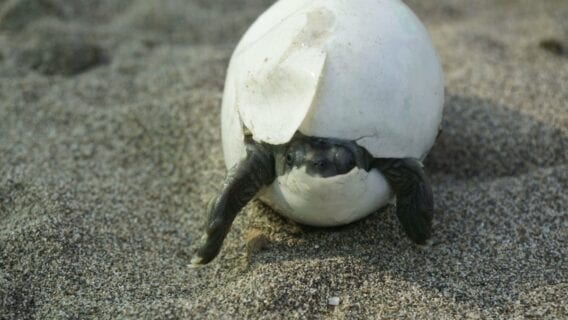Small grants, big impact: New report highlights conservation gains across 41 countries
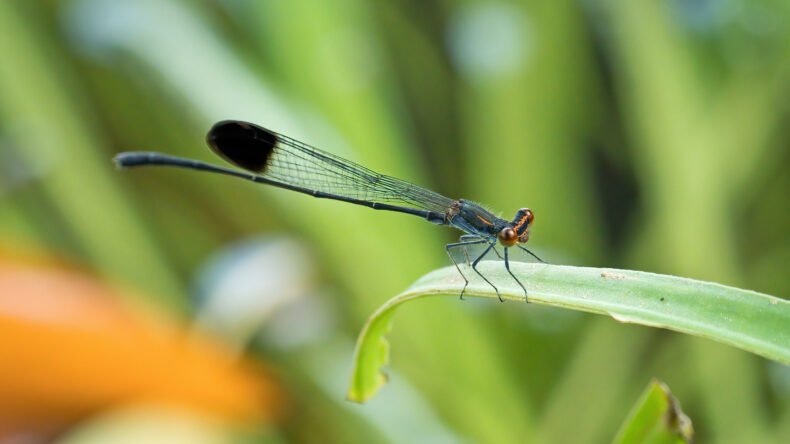
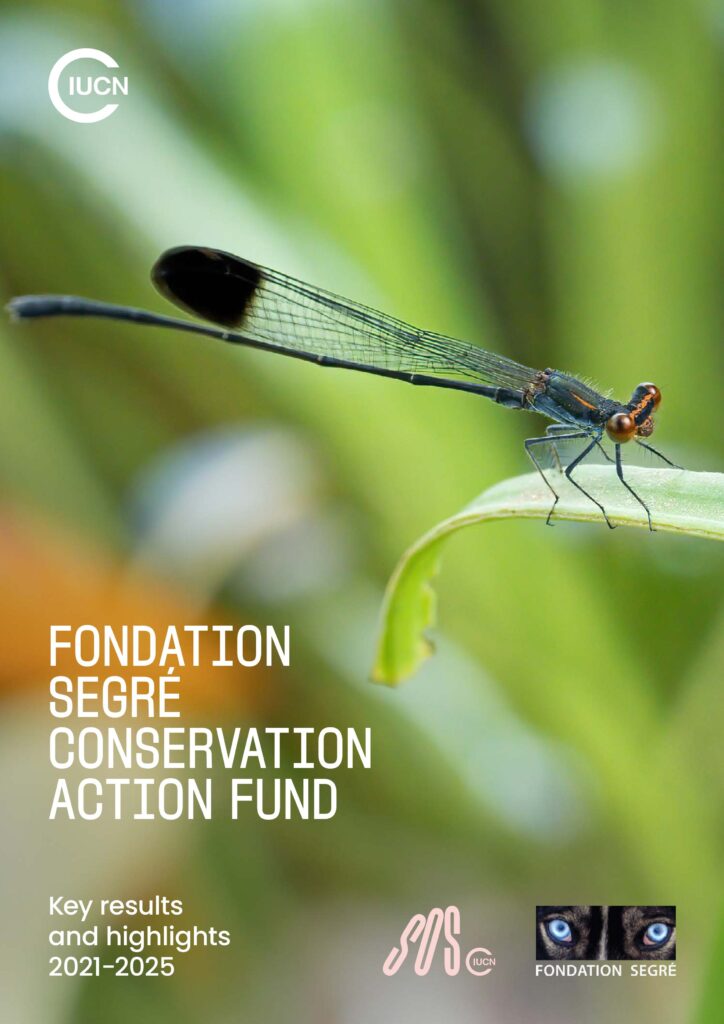
What does it take to turn the tide for a threatened species? Sometimes, just a small grant and the right people on the ground. For the mountain gazelle of Türkiye‘s Hatay province, it was safer waterholes and community patrols. In the Mekong river in Thailand, the world’s largest freshwater stingray gained new hope when local fishers and scientists joined forces to protect its river home. In Costa Rica‘s Golfo Dulce, women-led cooperatives are now at the heart of saving scalloped hammerhead sharks.
These are just a few of the stories featured in a new report released today by IUCN Save Our Species and Fondation Segré today, ahead of the IUCN World Conservation Congress in Abu Dhabi (9–13 October), where the findings will inform discussions on scaling up action for biodiversity. The Fondation Segré Conservation Action Fund: Key results and highlights 2021–2025 shows how small, flexible grants can trigger outsized impact for threatened species — and for the people living alongside them.
Conservation by the numbers (2021–2025)
Since 2021, the Fund has:
- Supported 84 projects in 41 countries;
- Targeted 152 threatened species, from vultures and iguanas to antelopes and stingrays;
- Helped conserve 560,000+ hectares of land and water;
- Restored 10,000 hectares of habitat;
- Supported 77,000+ people directly, including 20,000 through sustainable livelihoods;
- Trained 3,800+ conservation leaders, many of them early-career researchers
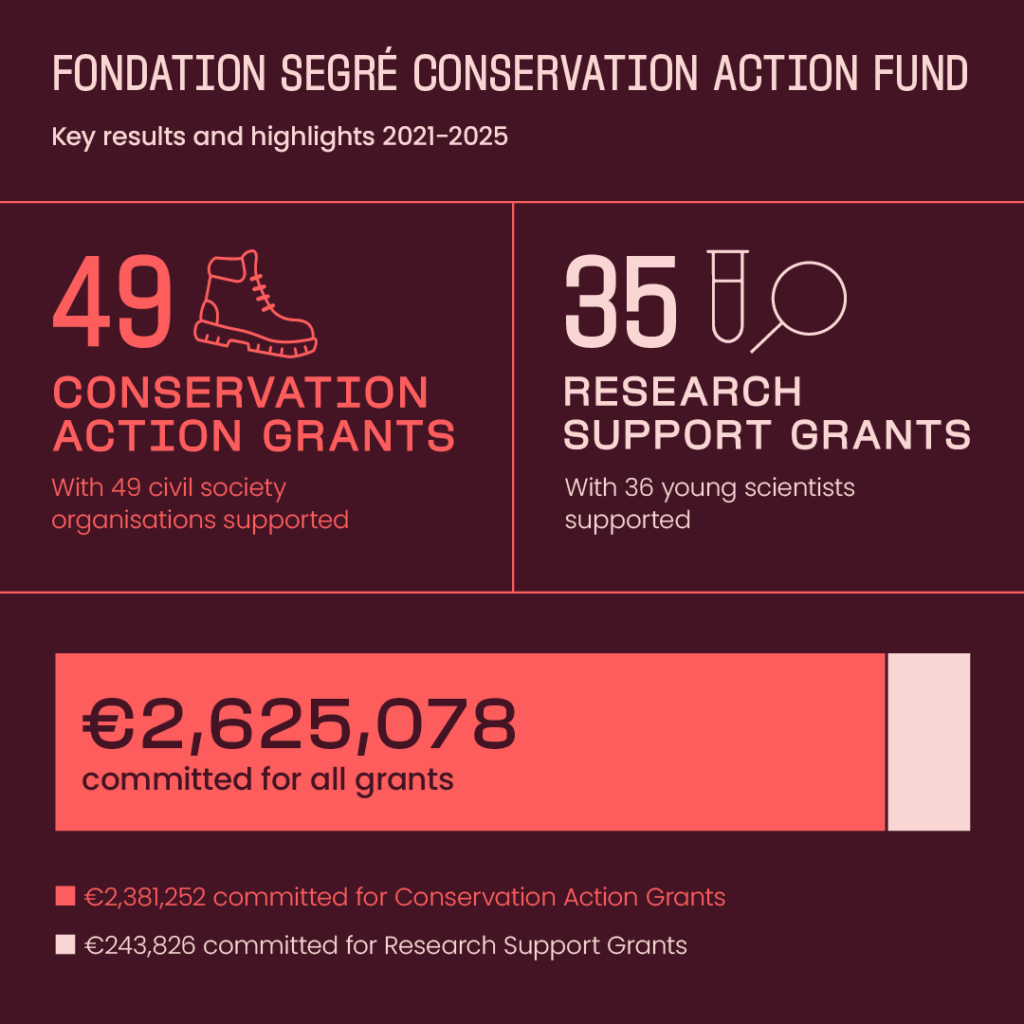
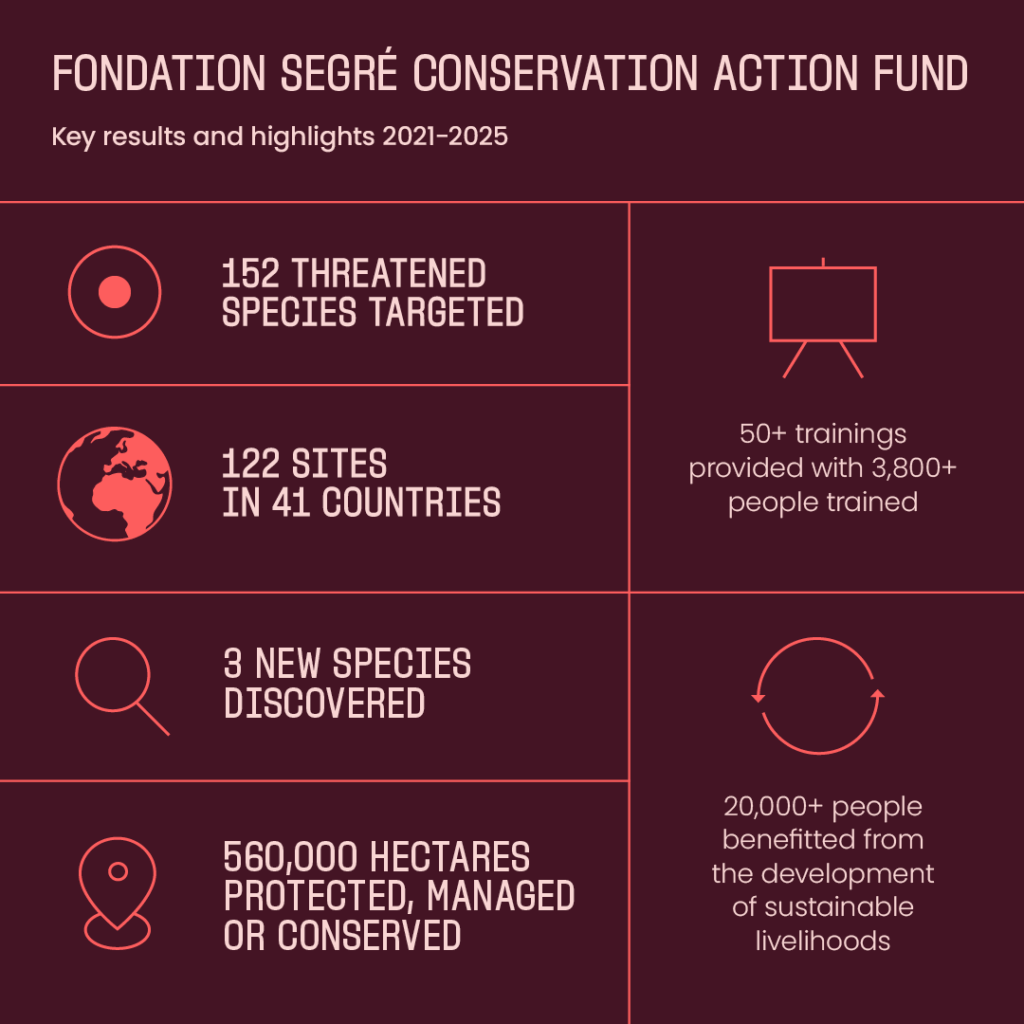
From overlooked species to frontline champions
What makes this initiative stand out is its focus on the often-overlooked. Reptiles, freshwater species, ungulates, and other underfunded species groups became the centre of attention through dedicated grant calls. And instead of funding only large international NGOs, the Fund backed local civil society groups, Indigenous patrols, and early-career researchers — those who know their ecosystems best.
Beyond science, the Fund invested in people. In the Dominican Republic‘s Jaragua-Bahoruco-Enriquillo Biosphere Reserve, local youth groups and former poachers now patrol dry forests to protect endangered iguanas, combining restoration with environmental education for children. In Chad‘s Ouadi-Rimé Ouadi-Achim Reserve, young scientists were trained in modern ecological fieldwork while working with herders to reduce grazing conflicts threatening reintroduced antelopes. And in Nepal‘s Madhesh province, early-career researchers rediscovered the Critically Endangered dark sitana lizard, working with local communities to map and safeguard its last remaining habitat. These projects show how conservation solutions can also create jobs, pride, and resilience.
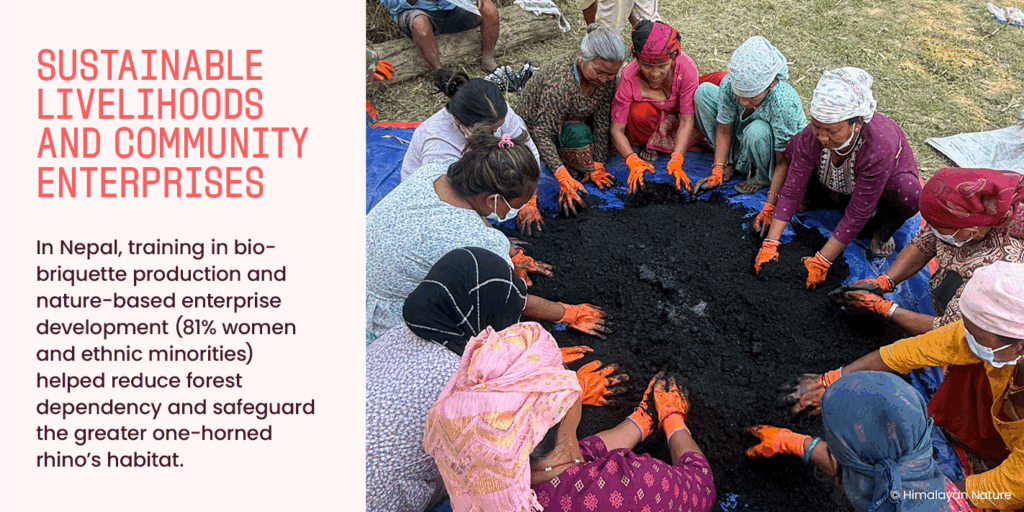
How the Fund works
Co-designed by Fondation Segré and IUCN, calls for proposals aligned with IUCN Red List priorities, shifting focus from “all animal species” (2021) to reptiles (2022), freshwater species (2023) and ungulates (2024). This evolution balanced demand with sharper taxonomic targeting and stronger chances of success.
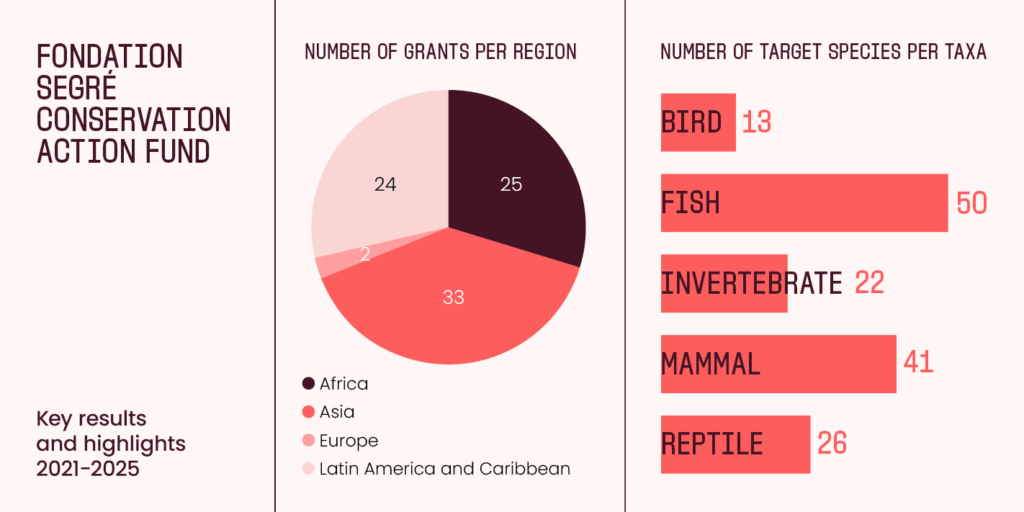
A model for the future
As governments and partners gather at Congress to accelerate delivery of the Kunming-Montreal Global Biodiversity Framework, the report’s lessons are clear: fund community-centred conservation, back young scientists, integrate livelihoods, and plan for long-term resilience.
The report closes with a clear message: small, targeted investments — when combined with local leadership and global expertise — can ignite conservation movements that last far beyond the life of a single grant.
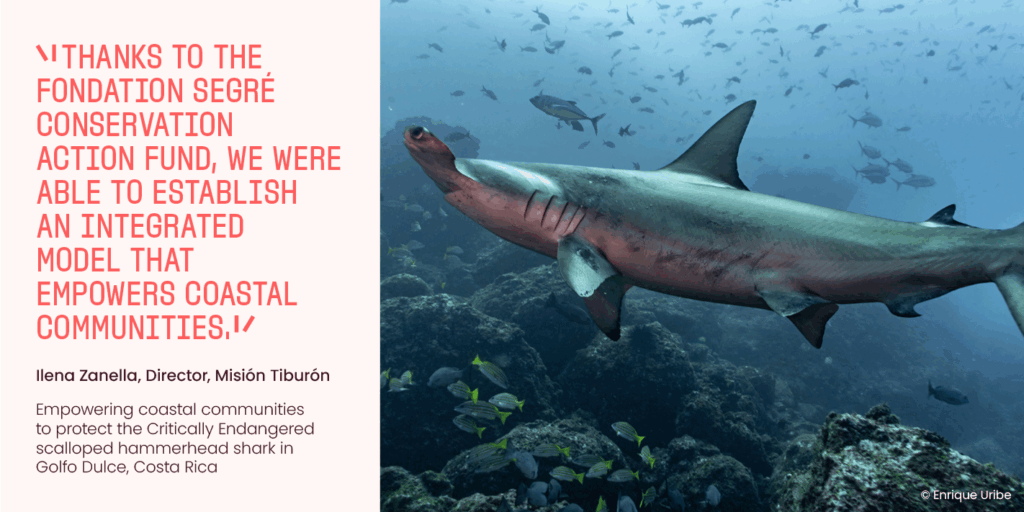
“These results prove that conservation grounded in science and collaboration delivers lasting impact — not just for species, but for communities who depend on nature,” said Dr. Grethel Aguilar, IUCN Director General.




